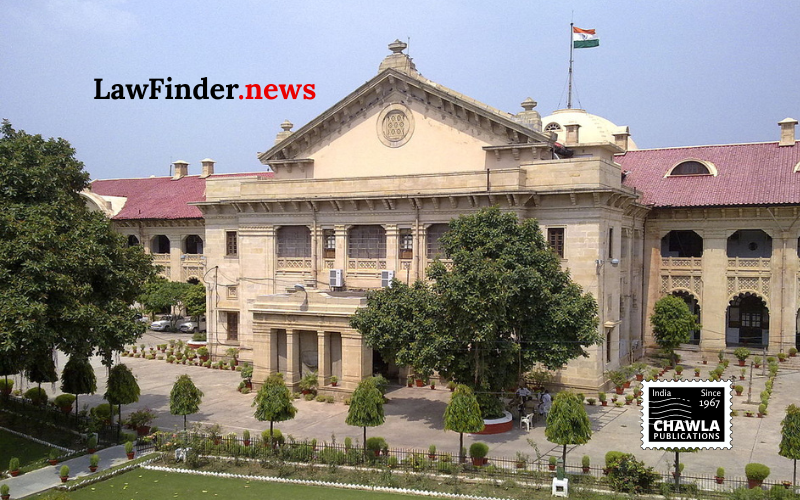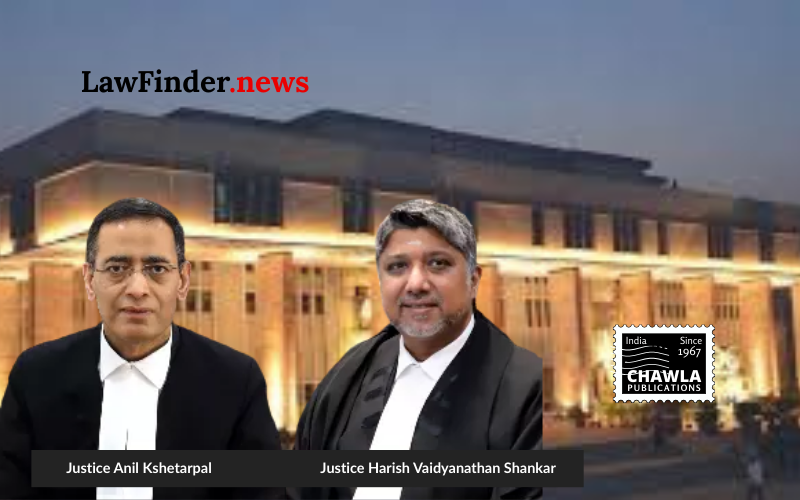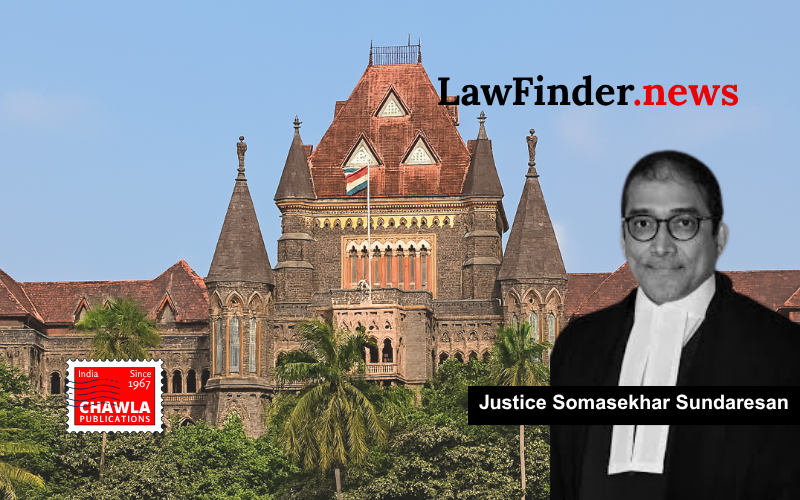Voluntary Euthanasia and Non Voluntary Euthanasia

Amanpreet Kaur, Advocate, +91 8699062216
The Supreme Court of India’s landmark judgment in Aruna Ramchandra Shanbaug v. Union of India (2011) offers a comprehensive legal and ethical analysis of euthanasia, specifically addressing voluntary and non-voluntary euthanasia. This Article elaborates on these concepts, drawing primarily from the Court’s detailed reasoning, medical understanding, and international legal perspectives as set forth in the judgment.
Introduction to Euthanasia
Euthanasia broadly refers to the practice of intentionally ending a person's life to relieve suffering. It is categorized mainly into two types: active euthanasia and passive euthanasia. Active euthanasia involves deliberate actions such as administering a lethal injection to cause death, whereas passive euthanasia involves withholding or withdrawing life-sustaining treatment, allowing the patient to die naturally.
Voluntary and Non-Voluntary Euthanasia
The Court further distinguishes euthanasia on the basis of the patient's consent:
Voluntary Euthanasia: Consent is explicitly given by the patient, who is competent to make such a decision. This typically applies to patients who are terminally ill and mentally capable of making informed choices about ending their life to avoid unbearable suffering.
Non-Voluntary Euthanasia: The patient is incapable of giving consent - due to coma, persistent vegetative state (PVS), or other incapacities - and no prior instructions (like a living will) exist. In such cases, decisions must be made by surrogates or legal authorities.
The judgment clarifies that while voluntary euthanasia raises fewer legal difficulties because it respects patient autonomy, non-voluntary euthanasia involves complex ethical and legal challenges, primarily because the patient cannot express their wishes, making consent impossible.
Legal Status in India
According to the judgment:
Active euthanasia is illegal and constitutes a criminal offence under Sections 302 (murder), 304 (culpable homicide not amounting to murder), and 306 (abetment of suicide) of the Indian Penal Code.
Passive euthanasia, however, is legally permissible under strict conditions. The Supreme Court in this case recognized the legality of discontinuing life-sustaining treatment in certain circumstances, especially when the patient is in a permanent vegetative state with no hope of recovery.
Ethical Principles
Two cardinal medical ethics principles are highlighted:
1. Patient Autonomy: The right of a competent patient to make decisions about their own body and treatment, including refusal of life-sustaining treatment.
2. Beneficence: Acting in the best interests of the patient, including avoiding prolongation of suffering when treatment is futile.
For voluntary euthanasia, autonomy allows a person to refuse treatment. For non-voluntary euthanasia, beneficence and substituted judgment by surrogates or courts guide decisions.
Case of Aruna Shanbaug: Non-Voluntary Passive Euthanasia
The petitioner sought mercy killing for Aruna Shanbaug, who had been in a PVS for nearly 37 years. The Court’s extensive medical examination confirmed her condition as permanent vegetative state with no chance of recovery, but she was still alive - breathing unaided, with some brainstem activity, and receiving artificial feeding.
Importantly, the Court distinguished her case from brain death (which legally amounts to death) and recognized that discontinuing feeding would amount to passive euthanasia.
Who Can Decide?
The Court held that decisions about withdrawing life support in non-voluntary cases must be taken carefully:
- The decision should ideally be made by close relatives such as parents, spouse, or other near kin.
- In their absence, a "next friend" or a responsible medical authority can make the decision.
- The Court recognized the hospital staff caring for Aruna as her "next friend," given the abandonment by family and their dedication over decades.
- However, any decision to withdraw life support requires prior approval from the High Court exercising its parens patriae jurisdiction under Article 226 of the Constitution, to protect the patient’s interests and prevent misuse.
Voluntary Euthanasia: Legal and International Perspectives
The judgment refers to laws in other countries where voluntary euthanasia or physician-assisted suicide is legalized under stringent safeguards, such as the Netherlands, Belgium, Switzerland, and certain US states like Oregon.
- These laws generally require that the patient’s suffering be unbearable and hopeless, the request be voluntary and persistent, and medical opinions be sought.
- Physician-assisted suicide differs from euthanasia in who administers the lethal medication; the patient self-administers under medical advice in the former.
Non-Voluntary Euthanasia: Complexities and Safeguards
Non-voluntary euthanasia is fraught with difficulties:
- The lack of patient consent raises ethical concerns about violating the sanctity of life.
- The risk of misuse or abuse, especially in India’s socio-legal context, demands strict judicial oversight.
- The Court emphasized that passive euthanasia in such cases must be a decision taken in the best interests of the patient, after careful medical evaluation and with judicial approval.
Summary
Voluntary euthanasia respects patient autonomy and is legally less contentious where permitted by law; however, it remains illegal in India.
Non-voluntary euthanasia involves surrogate decision-making for incapacitated patients. While passive euthanasia is permissible under strict safeguards, active euthanasia remains a crime.
- The Supreme Court in Aruna Shanbaug legalizes passive euthanasia with judicial approval to avoid misuse and to uphold the best interests of the patient.
- The Court lays down a procedural framework involving medical expert opinions, involvement of close relatives or next friends, and High Court sanction.
Conclusion
The Aruna Shanbaug judgment is a pioneering legal exposition on euthanasia in India. It delicately balances medical ethics, human dignity, constitutional rights, and societal values. Voluntary euthanasia, grounded in informed consent, is ethically justifiable but legally prohibited in India. Non-voluntary euthanasia, especially passive euthanasia, can be permitted in cases of irreversible vegetative state, provided stringent safeguards and judicial oversight are followed. The judgment serves as a guiding light for future legislation and judicial decisions on this profound humanitarian issue.
Aruna Ramchandra Shanbaug v. Union of India (SC) : Law Finder Doc Id # 246622
Trending News

Allahabad High Court Dismisses Repeated Litigation by Amar Nath Dwivedi, Upholds Constructive Res Judicata

Delhi High Court Upholds Full Medical Reimbursement for Retired Government Employees in Emergency Situations

Delhi High Court Upholds Plaintiff's Right to Trial in Defamation Suit
